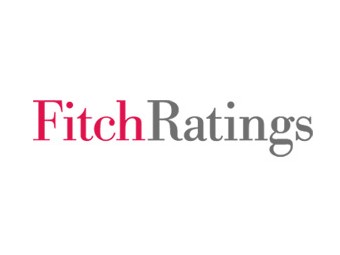Four times more homeowners returned to positive equity in the first quarter of year as the recovery drove home values higher across the nation.
Some 850,000 more homeowners with mortgages are no longer under water, bringing the total number of mortgaged residential properties with equity to 39 million. However, 9.7 million, or 19.8 percent of all residential properties with a mortgage, were still in negative equity at the end of the first quarter of 2013 with a total value of $580 billion. This figure is down from 10.5 million*, or 21.7 percent of all residential properties with a mortgage, at the end of the fourth quarter of 2012, according to CoreLogic.
The national aggregate value of negative equity decreased more than $50 billion to $580 billion at the end of the first quarter from $631 billion at the end of the fourth quarter of 2012. This decrease was driven in large part by an improvement in home prices.
Of the 39 million residential properties with positive equity, 11.2 million have less than 20 percent equity. Borrowers with less than 20 percent equity, referred to as “under-equitied,” may have a more difficult time obtaining new financing for their homes due to underwriting constraints. At the end of the first quarter of 2013, 2.1 million residential properties had less than 5 percent equity, referred to as near-negative equity. Properties that are near negative equity are at risk should home prices fall. Under-equitied mortgages accounted for 23 percent of all residential properties with a mortgage nationwide in the first quarter of 2013. The average amount of equity for all properties with a mortgage is 32.8 percent.
“The impressive home price gains of 2012 and the beginning of 2013 have had a big impact on the distribution of residential home equity,” said Dr. Mark Fleming, chief economist for CoreLogic. “During the past year, 1.7 million borrowers have regained positive equity. We expect the pent-up supply that falling negative equity releases will moderate price gains in many of the fast-appreciating markets this spring.”
“The negative equity burden continues to recede across the country thanks largely to rising home prices,” said Anand Nallathambi, president and CEO of CoreLogic. “We are still far below peak home price levels, but tight supplies in many areas coupled with continued demand for single family homes should help us close the gap.”
Highlights as of Q1 2013:
- Nevada had the highest percentage of mortgaged properties in negative equity at 45.4 percent, followed by Florida (38.1 percent), Michigan (32 percent), Arizona (31.3 percent) and Georgia (30.5 percent). These top five states combined account for 32.8 percent of negative equity in the U.S.
- Of the largest 25 metropolitan areas, Tampa-St. Petersburg-Clearwater, Fla. had the highest percentage of mortgaged properties in negative equity at 44.1 percent, followed by Miami-Miami Beach-Kendall, Fla. (40.7 percent), Atlanta-Sandy Springs-Marietta, Ga. (34.5 percent), Chicago-Joliet-Naperville, Ill. (34.2 percent) and Warren-Troy-Farmington Hills, Mich. (33.6 percent).
 RealEstateEconomyWatch.com Insight and Intelligence on Residential Real Estate
RealEstateEconomyWatch.com Insight and Intelligence on Residential Real Estate

2 comments
Pingback: Recovery Speeds Homeowners to Positive Equity | Belair Realty
Pingback: Recovery Speeds Homeowners to Positive Equity | Belair Realty